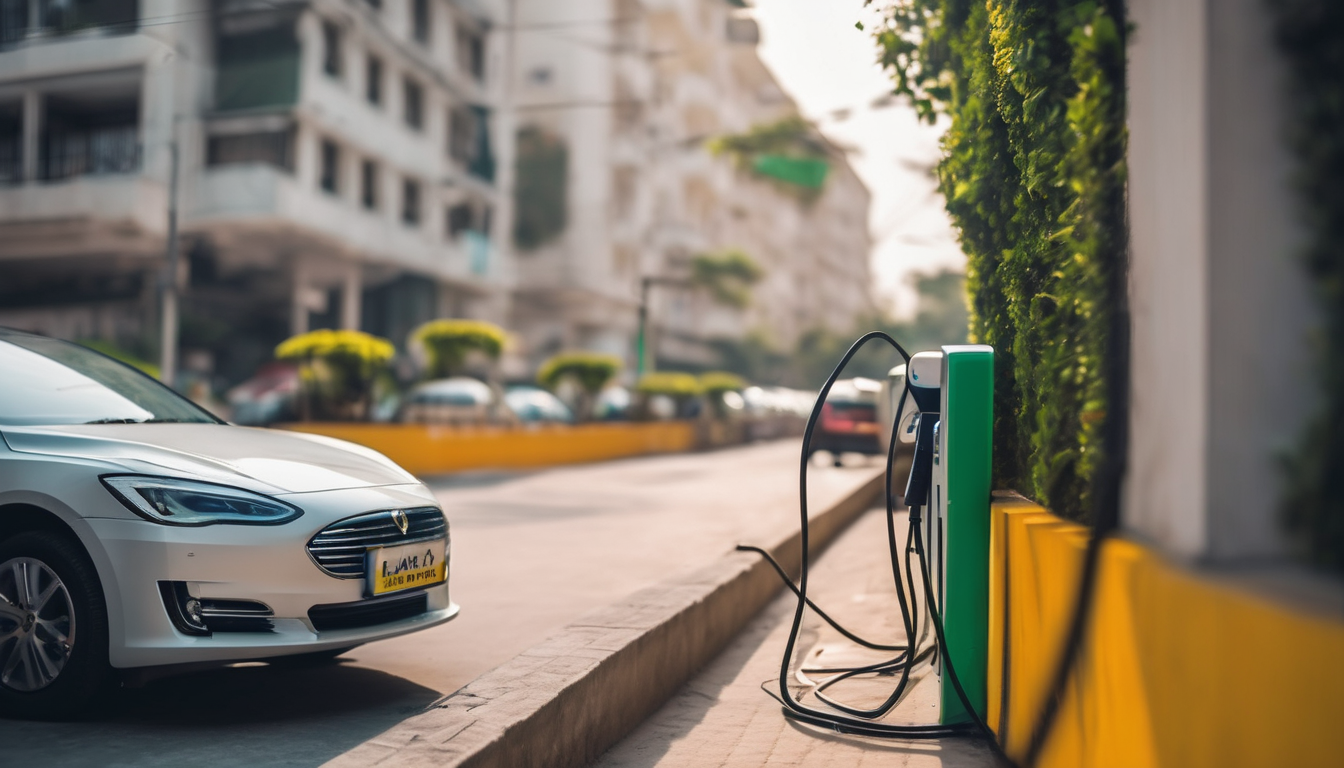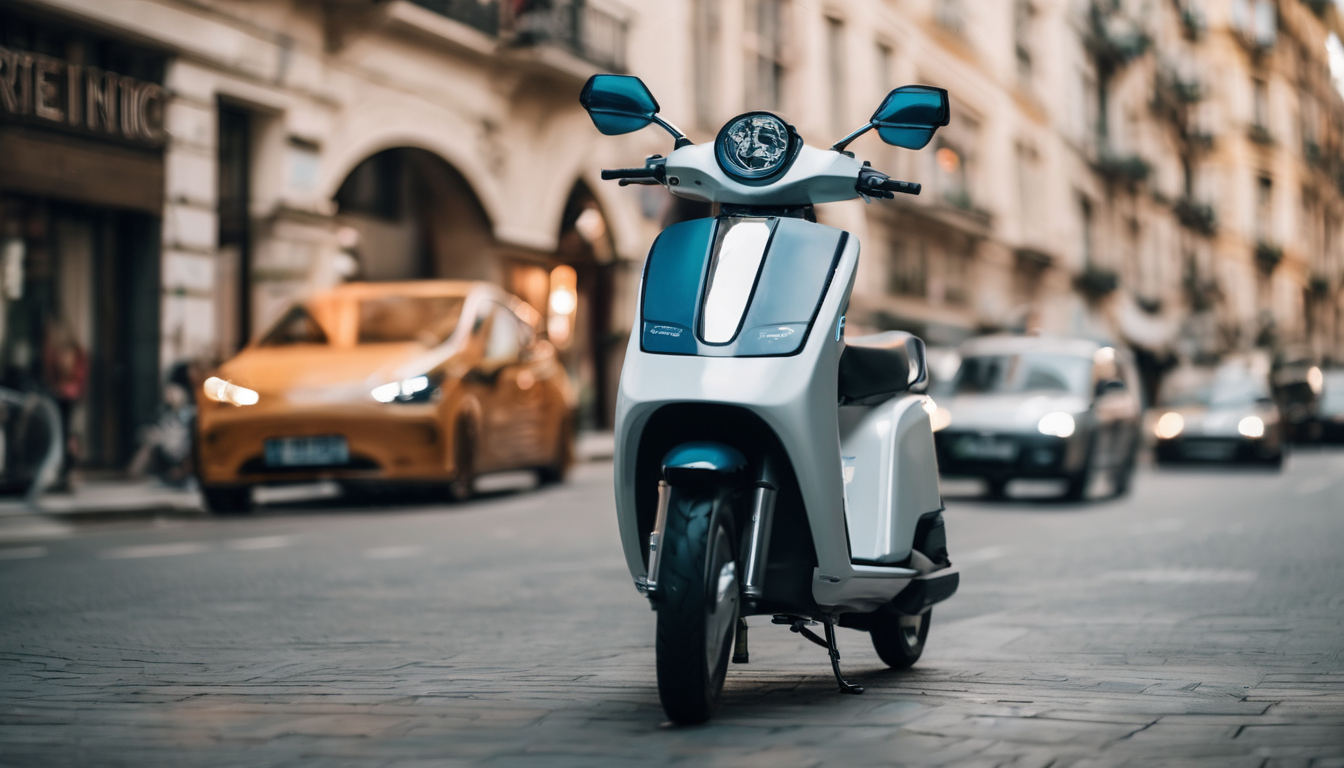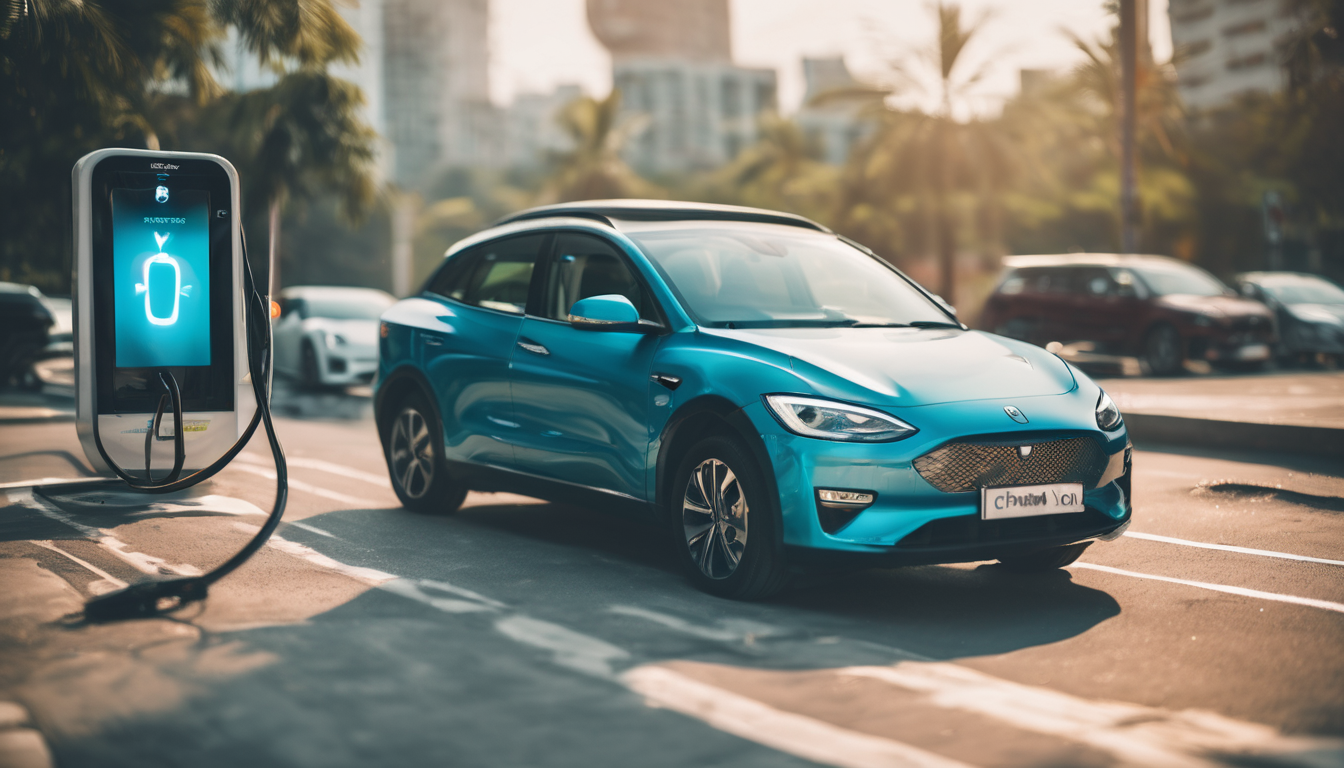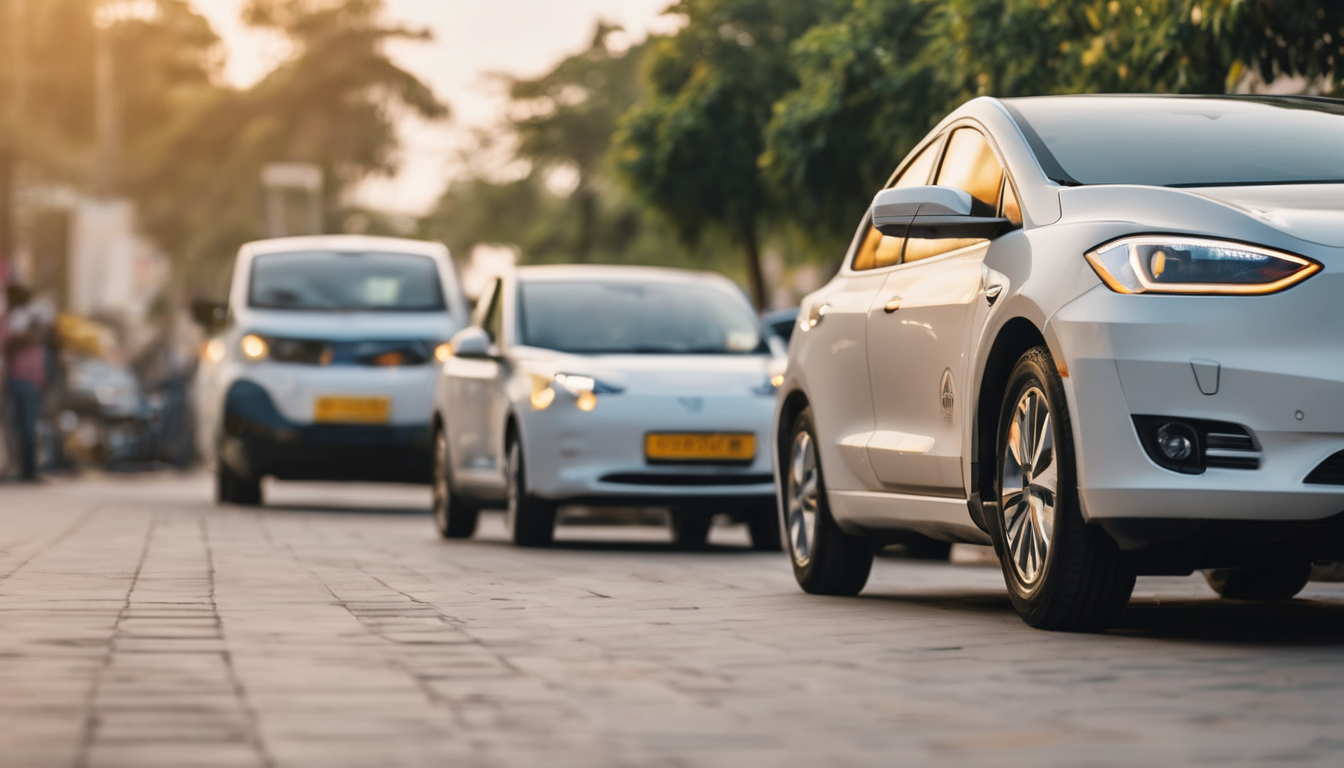Electric vehicles (EVs) have come a long way since their introduction in the early 2000s. In recent years, EVs have gained popularity all over the world, with many countries offering incentives and subsidies to encourage consumers to switch from traditional gas-powered cars to EVs. As a result, major automakers are investing in EV technology, leading to significant upgrades in EV features.
One of the major upgrades in EVs is the increase in driving range. In the early days of EVs, the average range was around 100 miles on a single charge. However, with advancements in battery technology, EVs can now travel over 300 miles on a single charge. For instance, the Tesla Model S Long Range offers a range of up to 402 miles, making it a viable option for long-distance travel.
Another key upgrade in EVs is the development of fast-charging technology. EVs can now be charged to 80% in less than 30 minutes, which is a significant improvement from the several hours it used to take. Tesla’s Supercharger network has been a game-changer in this regard, with over 25,000 superchargers globally, providing convenient charging options for Tesla drivers.
In addition, EVs now come equipped with advanced features such as adaptive cruise control, lane departure warning, blind-spot monitoring, and collision avoidance systems, which were previously only available in high-end luxury cars. These features enhance the safety of EVs and make driving them a more pleasant experience.
Moreover, EVs are now more affordable than ever before, with many car manufacturers offering models that are competitively priced with traditional gas-powered cars. In some countries, EVs are even cheaper to buy and operate than gas-powered cars due to tax incentives, lower maintenance costs, and lower fuel costs.
Furthermore, the availability of EV models has expanded globally, with several new models being introduced in markets worldwide. For example, the Volkswagen ID.4, which is a fully electric SUV, is now available in several countries, including the United States and Europe. The Chinese automaker, BYD, has also introduced several new electric models, including the BYD Tang and the BYD Han.
Lastly, many countries are working towards developing infrastructure to support EVs, such as the installation of charging stations, which makes it easier for EV owners to charge their cars. This infrastructure development will help to increase the adoption of EVs globally.
The upgrades in EVs have made them a more practical and desirable option for consumers. The improvements in driving range, fast-charging technology, advanced features, affordability, availability, and infrastructure development are just some of the upgrades that have made EVs a viable alternative to gas-powered cars. As more automakers invest in EV technology and more countries adopt policies to promote EV adoption, the future of transportation looks to be electric.






